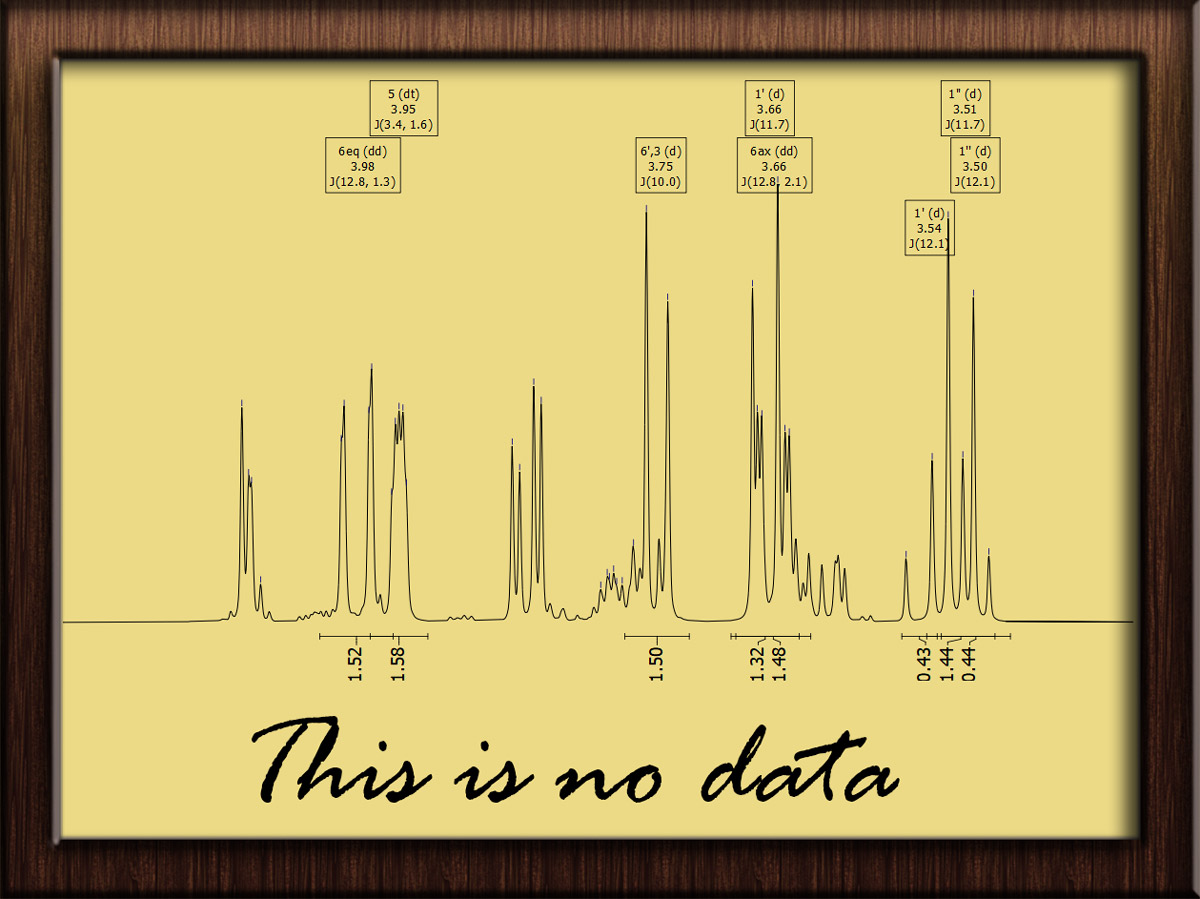The importance of raw data publishing and the FAIR criteria

Many people know it, the world famous painting “Ceci n’est pas une pipe“, an iconic work by René Magritte from 1929, which shows the image of a pipe and the written statement: “Ceci n’est pas une pipe”, meaning “This is not a pipe”. This phrase draws attention to the fact that the image itself is not the physical pipe, but only an image or representation of it. Thus, the image challenges the viewer to engage with the relationship between reality and its representatives.
In science, this discussion is sometimes missing. In publications, the underlying measurement data are usually attached in the form of graphs. Many think they have shared their data with it. But they havn’t. Graphs are representations of the data, they allow other researchers to understand the publication more deeply. But they cannot use them for further work.
Raw data are the original, unfiltered data collected directly from the instruments, such as the NMR spectrometer. They contain information that allows the data to be evaluated and analyzed, possibly in the future using other methods (e.g., AI).
The FAIR criteria (Findable, Accessible, Interoperable, Reusable) emphasize the importance of publishing raw data in scientific research. By making their raw data publicly available, researchers promote
- the transparency and reproducibility of studies, and thus
- the trust in the research results
- scientific integrity,
- opportunities for collaboration,
- new insights / potentially unexpected discoveries, and
- access for future technologies.
According to a study by TIB, Open Access publications have significant advantages. Also, reservations could be empirically refuted. The future of science is FAIR. Be part of it.